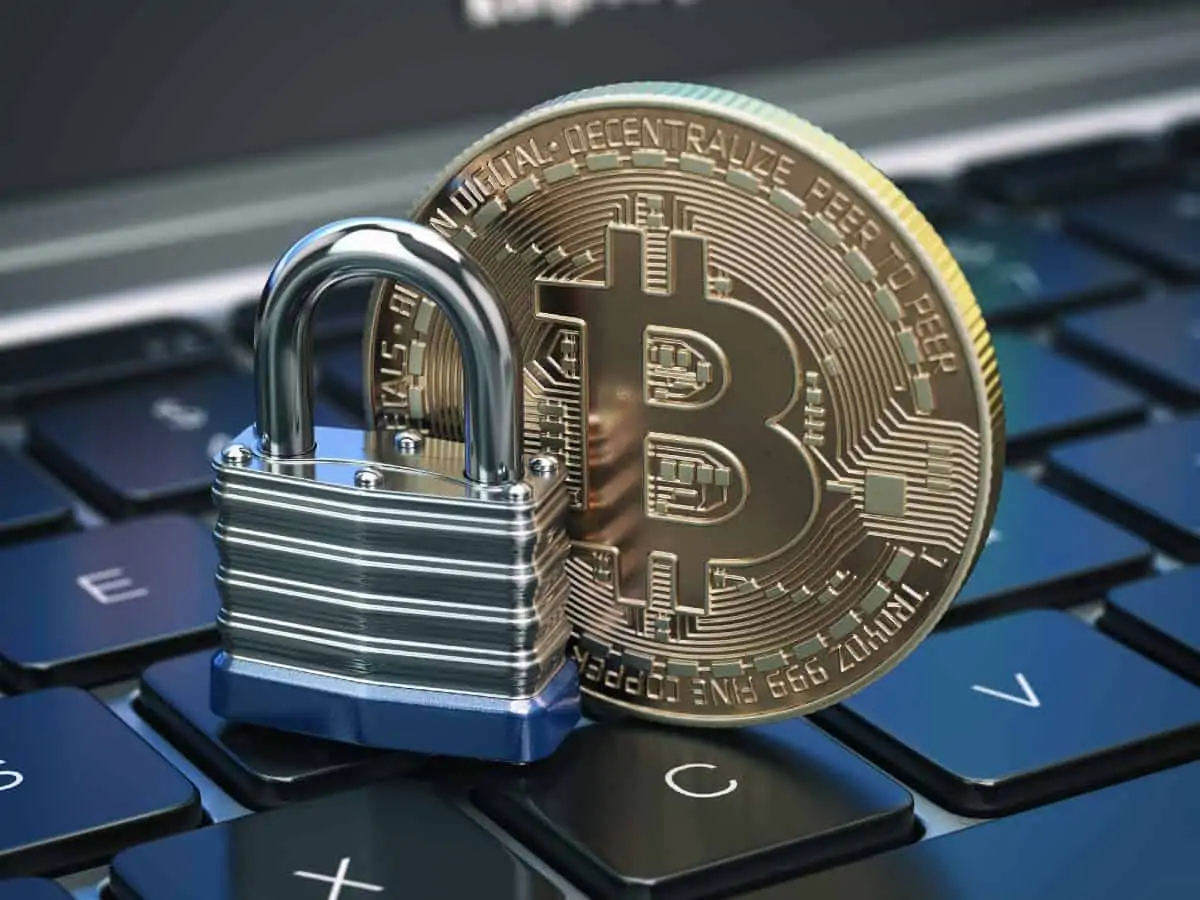Bitcoin developers activated BIP-129, the new standard that allows creating multi-signature wallets securely on the network, solving a vulnerability present in Coldcard hardware wallets.
The new Bitcoin standard, the BIP-129, is now available in the repository of GitHub. titled “Bitcoin Secure Multisig Setup (BSMS)” The new standard was developed by several industry experts and included the participation of several members of the main hardware wallets of the ecosystem and cybersecurity specialists, who sought to optimize the user experience and security during the process of creating a multisig.
BIP-129 was developed to allow the creation and configuration of multi-signature wallets in an easy, synchronized and completely secure way from different providers.
This standard complements the BIP-174, LLAMADA “Partially Signed Bitcoin Transaction Format”, which was designed to simplify the Bitcoin experience in creating a multisig.
It may interest you: Hardware Wallets: The vulnerability present in Coldcard and the strange theft in Ledger
Solution to security concerns in multisig
As the developers of BIP-129 explain, this standard was created to solve a series of concerns that were present when configuring a multi-signature wallet from a software or hardware wallet. For example, in the hardware wallet cold card, users were being vulnerable to remote attacks when using multi-signature addresses.
The Coldcard vulnerability was related to the xpub when creating a multi-signature wallet, since it did not verify that the xpub, which is an extension of the public key, was actually part of the multisig created, which left a security gap that would allow an attacker to replace the wallet's xpub with one of their own to generate addresses controlled by them. This vulnerability exposed unsuspecting Coldcard users to being victims of remote attacks where they could lose all of their funds by sending them to incorrect addresses controlled by the attacker.
BIP-129 addresses this issue by checking multisignature configuration, signer membership, script type, bypass paths, and the number of signatures required. All these elements are checked when configuring a multisig, to verify that they are correct and that they have not been altered during the wallet creation process.
Likewise, BIP-129 prevents information leaks by creating a common standard for the creation and configuration of multisig, guaranteeing that this process occurs in a coordinated, synchronized and highly secure manner, avoiding the loss of privacy and an attacker may know the keys or configuration of a wallet to spy on transactions.
Coordinator and Signatory
The BIP-129 uses the figure of a Coordinator and a Signer when configuring a multisig. As the developers explain, the Coordinator determines what type of multisig is used and the script exact. Additionally, if encryption is enabled, the Coordinator also distributes a shared secret to the parties involved in the multisig for secure communication.
This figure collects the information from the signers and generates the descriptor record, which is then distributed among the signers. For its part, the figure of Signatory is any software or hardware, member of the multisig, that controls the private keys. This will be in charge of providing its key record, which contains a public key or an xpub, to the coordinator, to verify that its key is indeed included in the descriptor record, maintaining said record in its storage.
To maximize the level of security in multisig, the developers point out that the key verification performed by the Signer looks for an exact match in the keys, and does not allow the use of shortcuts, such as fingerprint matching, which is considered trivial and easy to implement. falsify. In addition to this, the Signer also verifies that the first wallet address is valid.
Security and privacy
BIP-129 improves vulnerabilities that were present in the multisig configuration. As explained Hugo Nguyen, one of the developers of the standard, on his Twitter account, the BIP-129 allows the creation of “a more secure multisig.”
Robert Spigler, a Bitcoin enthusiast, applauded the work of the developers, pointing out that the creation of this standard represents a work of utmost importance for the development of Bitcoin and for the security of users.
Continue reading: Bitcoin in space: SpaceChain makes the first successful multi-signature transaction from a space station



